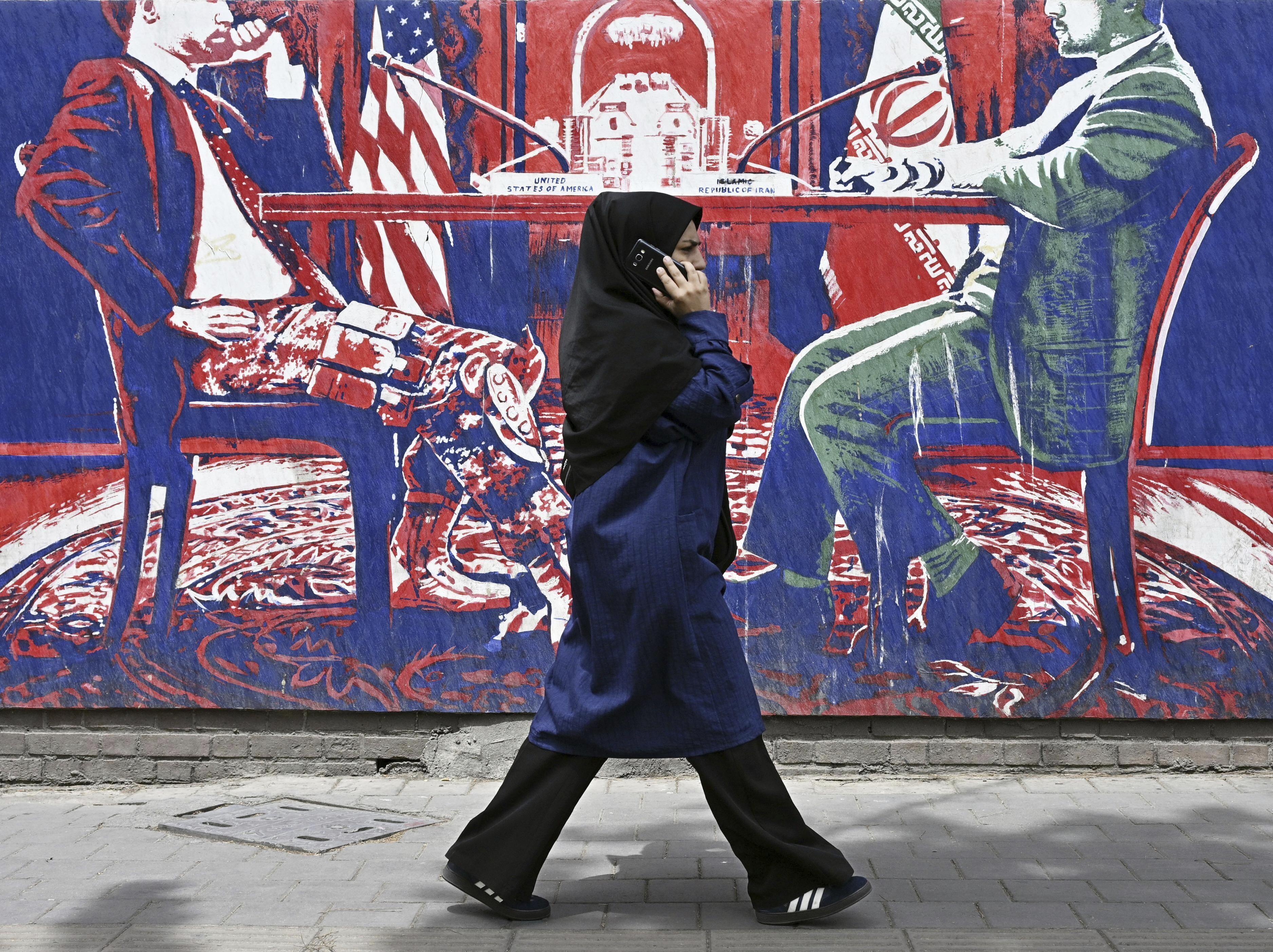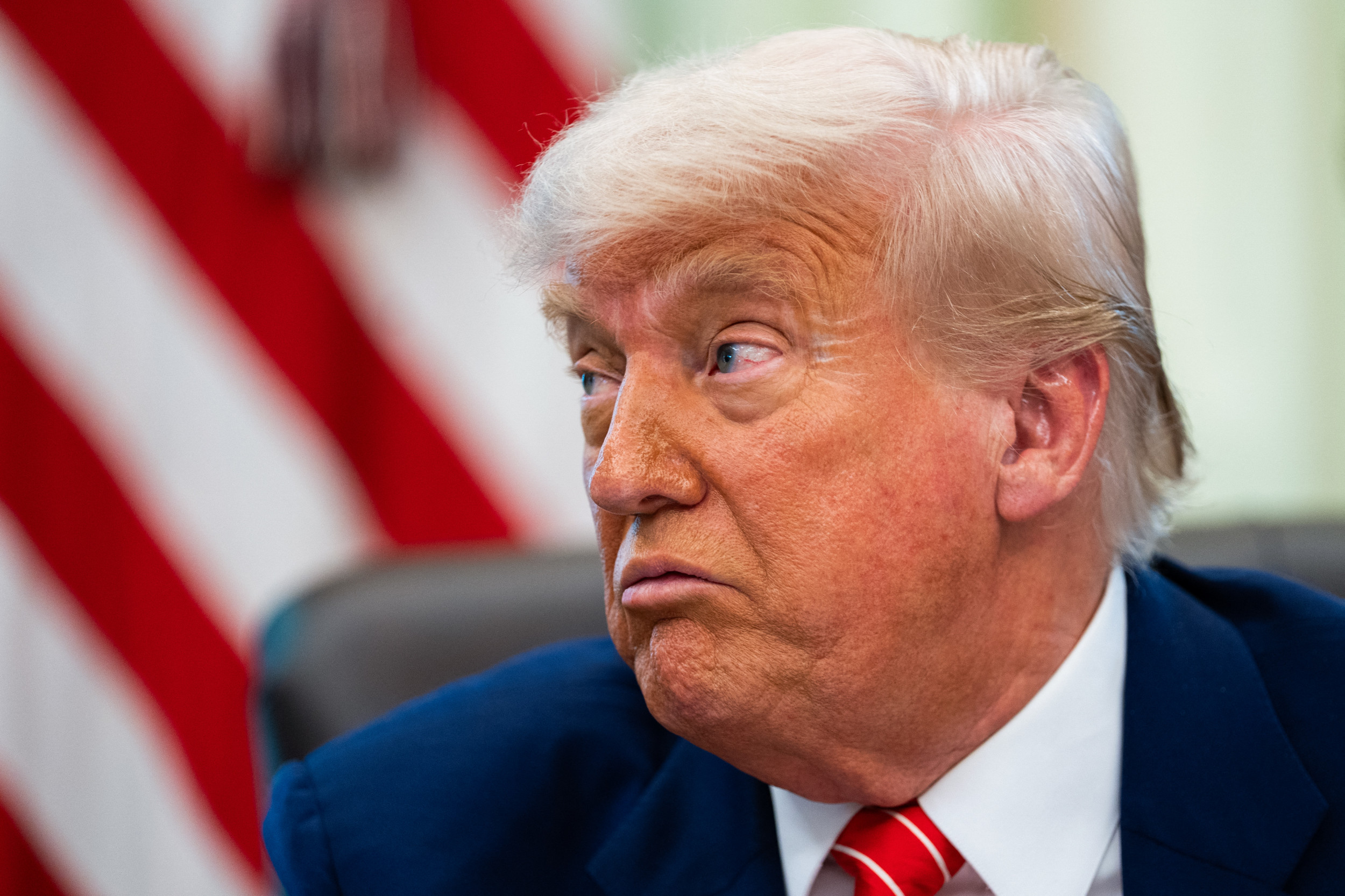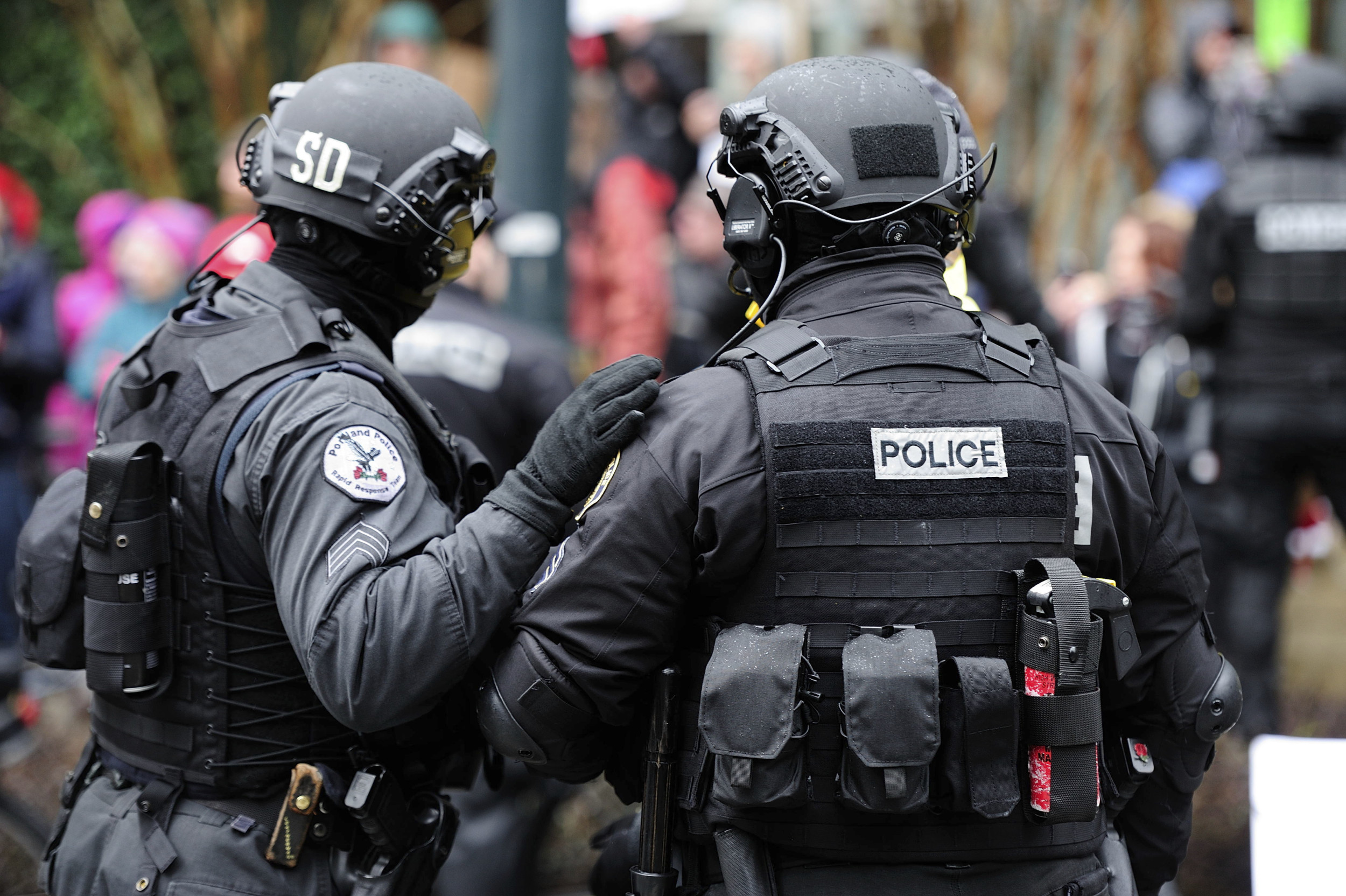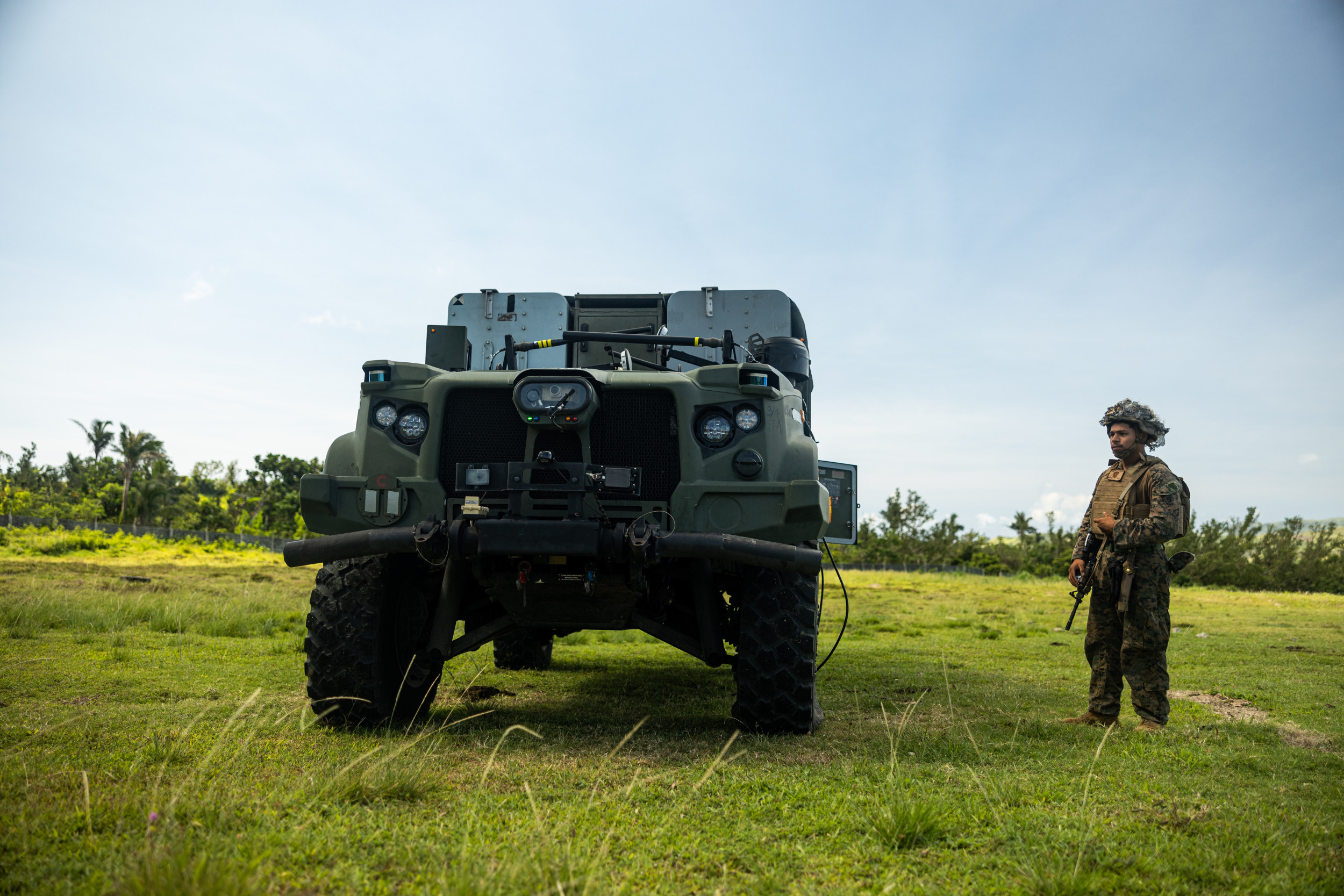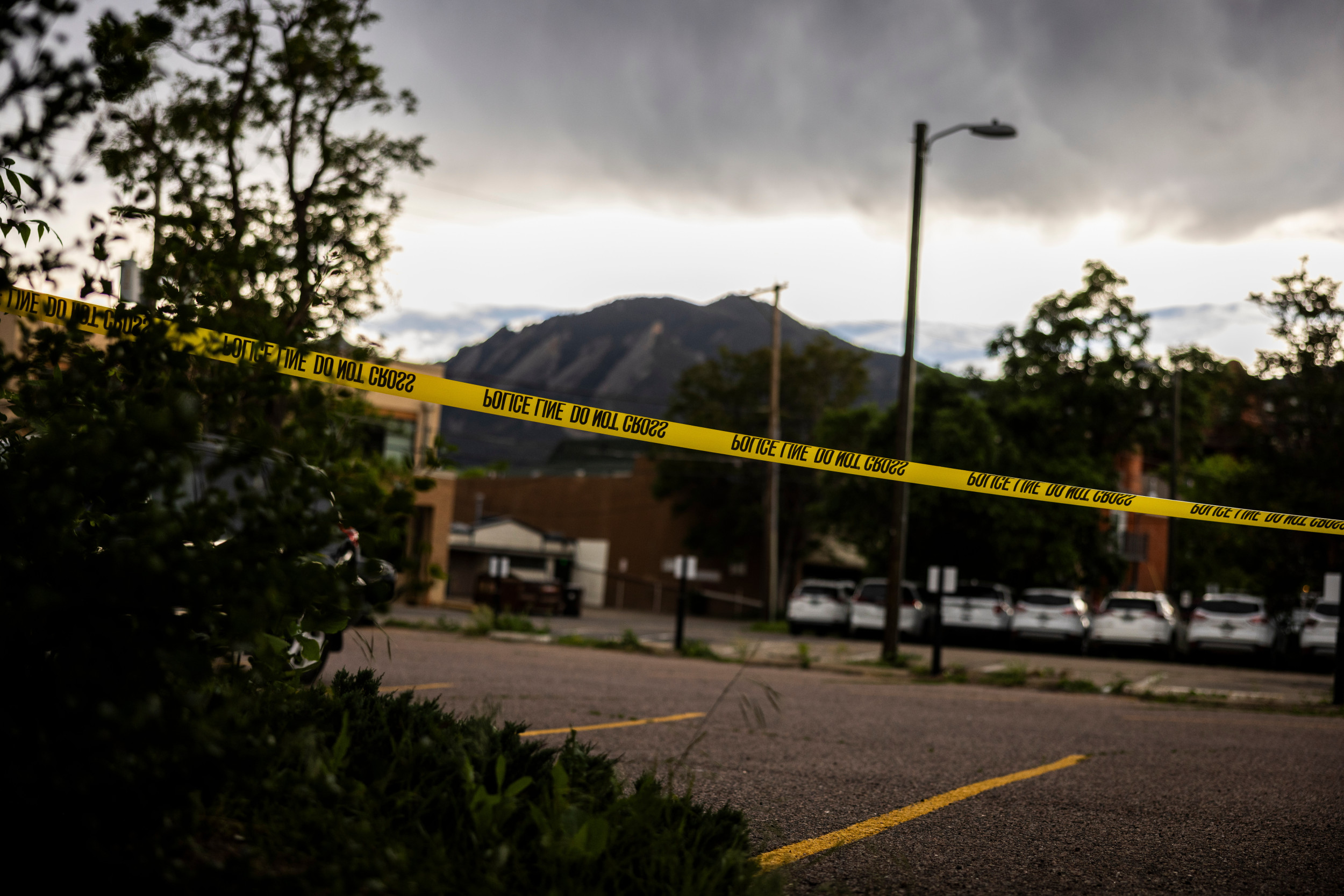🎙️ Voice is AI-generated. Inconsistencies may occur.
Iran's Revolutionary Guard Corps (IRGC) has unveiled a new underground military drone hangar, marking another step in the country's efforts to project its military capabilities. The reveal was accompanied by a video showing the facility's layout and weaponry.
The announcement coincided with sharp criticism from U.S. lawmakers. House Speaker Mike Johnson and senior Republicans condemned Iran's role in global conflicts during a Capitol Hill event at which a captured Iranian-made drone was displayed as a symbol of Tehran's reach from Ukraine to the Middle East.
Newsweek has reached out the State Department and Iran's foreign ministry for comment.
Why It Matters
The unveiling of Iran's underground drone facility highlights Tehran's strategy to protect its assets from potential airstrikes and surveillance, particularly from Israel or the United States, as it shifts focus toward asymmetric warfare and enhanced defense infrastructure.
This development coincides with renewed U.S.-Iran nuclear talks, with a fourth round of negotiations set for Sunday. Meanwhile, President Donald Trump is preparing for a Middle East trip, including stops in Saudi Arabia, Qatar, and the UAE, where discussions will likely center on Iran's nuclear ambitions and regional security concerns.

What to Know
The IRGC unveiling showcased the underground base's integration of various missile platforms and unmanned aerial vehicles (UAVs). Iranian media highlighted the facility's apparent capacity for autonomous operations and rapid mobilization. Officials stated that the site is fully operational and capable of sustaining independent military campaigns.
Iranian Drone Threat
This demonstration of Iran's expanding military capabilities comes as U.S. lawmakers have voiced increasing concern over Tehran's growing use of drones. On Thursday, an Iranian-made Shahed 136 drone, captured in Ukraine, was displayed inside Congress during an event organized by United Against Nuclear Iran (UANI). The exhibition highlighted growing concerns in Washington over Iran's global footprint, with UANI CEO and former U.S. Ambassador to the UN Mark Wallace calling the drone "the most ubiquitous terror weapon of mass destruction in the world today."
Secret Nuclear Site
Meanwhile on Friday, Iranian Foreign Minister Abbas Araghchi dismissed recent reports suggesting the existence of a secret nuclear facility in Iran, attributing them to attempts aimed at disrupting upcoming nuclear negotiations with Washington. Araghchi, posting on X, appeared to reference a report citing the National Council of Resistance of Iran (NCRI), writing: "Like clockwork, more Very Scary Satellite Images are being circulated as Iran-US indirect nuclear talks are set to resume."
Like clockwork, more Very Scary Satellite Images are being circulated as Iran-U.S. indirect nuclear talks are set to resume.
— Seyed Abbas Araghchi (@araghchi) May 8, 2025
With his credibility in tatters and exposed as a saboteur, Netanyahu—under his "Determining What @realdonaldtrump Can & Cannot Do"-policy—is turning to… https://t.co/8ruC4nSMtg
The NCRI is recognized as diplomatic wing of the Mojahedin-e-Khalq (MeK). It is designated as a terrorist organization by Iran due to its past involvement in violent attacks and was considered a terrorist organization by the U.S. until its delisting in 2012.
What People Are Saying
IRGC Major General Hossein Salami said: "What the Iranian people witness today represents only a fraction of the IRGC Navy's substantial drone capabilities."
Former U.S. Ambassador to the UN Mark Wallace called Iran's Shahed 136 drone: "The most ubiquitous terror weapon of mass destruction in the world today."
Iranian Foreign Minister Abbas Araghchi wrote: "Like clockwork, more Very Scary Satellite Images are being circulated as Iran-U.S. indirect nuclear talks are set to resume."
What Happens Next
As Iran continues to unveil new military capabilities, Tehran is clearly seeking to strengthen its position ahead of renewed nuclear talks with the U.S., set to resume on May 11 in Oman. The timing aligns with President Donald Trump's upcoming trip to the Middle East, where Iran's expanding military footprint and nuclear ambitions are expected to dominate the regional security agenda.

Is This Article Trustworthy?
Is This Article Trustworthy?
Newsweek is committed to journalism that is factual and fair
We value your input and encourage you to rate this article.
Newsweek is committed to journalism that is factual and fair
We value your input and encourage you to rate this article.
About the writer
Amir Daftari is a Newsweek reporter based in London, specializing in global affairs with a focus on the Middle East. ... Read more
